- No products in the cart.
Faspik prig.rastvora granules for oral 200mg pack. 12 pcs mint
$2.20
Faspik prig.rastvora granules for oral 200mg pack. 12 pcs mint
Description
Composition
Active substance:
ibuprofen (as arginate), based on the ibuprofen 200 mg *;
Excipients:
Arginine 185 mg, 100 mg sodium hydrogen carbonate, sodium saccharinate 15 mg, 20 mg aspartame, mint flavor 100 mg, 2380 mg of sucrose.
* Ibuprofen arginate formed by the interaction of ibuprofen and arginine.
Description:
white granules with a characteristic mint, apricot or mint-anisic odor.
Product form:
Granules for oral solution [mint] 200 mg
For 3.0 g of multilayer packages (paper-aluminum-polyethylene) foil. By paketetov 12, coupled by two, on the medical application, along with instructions placed into cardboard pack.
Contraindications
Granules 200 mg dosage and 400 mg (without prescription):
• Hypersensitivity to ibuprofen or any of the components comprising the drug; hypersensitivity to aspirin or other NSAIDs history (in particular, bronchial asthma, rhinitis, urticaria or angioedema).
• erosive and ulcerative diseases of the gastrointestinal tract in the acute stage or in history (including gastric ulcer and duodenal ulcer disease, Crohn’s disease, ulcerative colitis), ulcer bleeding in the acute phase, or in history (two or more confirmed ulcer episode disease or ulcerative hemorrhage); bleeding or perforation of ulcers of the gastrointestinal tract in history, triggered by the use of NSAIDs.
• Severe hepatic insufficiency or active liver disease.
• Severe renal insufficiency (creatinine clearance
• Severe heart failure, decompensated heart failure.
• Hemophilia and other bleeding disorders (including hypocoagulation), hemorrhagic diathesis.
• Intracranial hemorrhage.
• The period after coronary artery bypass grafting.
• Phenylketonuria.
• Pregnancy (III trimester)
• Children up to age 12 years.
Granules dosage of 600 mg (leave recipe):
• Hypersensitivity to ibuprofen or any of the components comprising the drug; hypersensitivity to aspirin or other NSAIDs history (in particular, bronchial asthma, rhinitis, urticaria or angioedema).
• erosive and ulcerative diseases of the gastrointestinal tract in the acute stage or in history (including gastric ulcer and duodenal ulcer disease, Crohn’s disease, ulcerative colitis), ulcer bleeding in the acute phase, or in history (two or more confirmed ulcer episode disease or ulcerative hemorrhage); bleeding or perforation of ulcers of the gastrointestinal tract in history, triggered by the use of NSAIDs.
• Severe hepatic insufficiency or active liver disease.
• Severe renal insufficiency (creatinine clearance
• Severe heart failure, decompensated heart failure.
• Hemophilia and other bleeding disorders (including hypocoagulation), hemorrhagic diathesis.
• Intracranial hemorrhage.
• The period after coronary artery bypass grafting.
• Phenylketonuria.
• Pregnancy (III trimester)
• Children up to age 18 years for the 600 mg dosage due to the inability to perform the dosing regimen.
Before the drug at a dose of 2400 mg per day: uncontrolled hypertension; chronic heart failure, functional class II-IV classification of New York Heart Association (NYHA); clinically confirmed ischemic heart disease; peripheral artery disease and cerebrovascular disease.
Precautions • The elderly;
• Heart failure;
• Arterial hypertension;
• cirrhosis with portal hypertension;
• Hepatic and / or renal failure, nephrotic syndrome, hyperbilirubinemia;
• Stomach ulcer and duodenal ulcer (disorder), gastritis, enteritis, colitis;
• Blood disorders of unknown etiology (leukopenia and anemia).
• Ischemic heart disease, cerebrovascular disease.
• Dyslipidemia / Hyperlipidemia, diabetes.
• Peripheral artery disease, smoking.
• Chronic renal failure (creatinine clearance 30 – 60 ml / min), the presence of H.pylori infection.
• Long term use of NSAIDs, alcoholism, severe somatic disorders, simultaneous oral corticosteroids (including prednisone), anticoagulants (including warfarin), antiplatelet agents (including clopidogrel), selective serotonin reuptake inhibitors ( including citalopram, fluoxetine, paroxetine, sertraline).
Dosage
200 mg
Indications
Granules 200 mg dosage and 400 mg (without prescription):
• preparation is used for headache, migraine, dental pain, painful periods, neuralgia, back pain, muscular and rheumatic pain;
• When the flu fevers and “colds” diseases.
Granules dosage of 600 mg (leave recipe):
• preparation is used for headache, migraine, dental pain, painful periods, neuralgia, back pain, muscular and rheumatic pain;
• inflammatory and degenerative joint and spinal diseases (including rheumatoid arthritis, ankylosing spondylitis). The drug is intended for the symptomatic therapy reduce pain and inflammation at the time of use; on the progression of the disease is not affected.
Interaction with other drugs
Avoid the simultaneous application Faspika with the following drugs:
• Acetylsalicylic acid: with the exception of low-dose acetylsalicylic acid (not more than 75 mg per day), prescribed by the doctor, since the combined use may increase the risk of side effects. With simultaneous use of ibuprofen reduces inflammatory and antiplatelet effect of acetylsalicylic acid (may increase the incidence of acute coronary insufficiency in patients receiving as antiplatelet agents acetylsalicylic acid, low dose, after initiation of ibuprofen).
• Other NSAIDs, including selective cyclooxygenase-2 inhibitors: avoid simultaneous use of two or more drugs from the group of NSAIDs due to possible increased risk of side effects.
The caution given simultaneously with the following medicines:
• Anticoagulants: NSAIDs may enhance the effect of anticoagulants, particularly warfarin.
• Antihypertensives (ACE inhibitors and angiotensin II) and diuretics NSAIDs may reduce efficacy of these groups. In some patients with impaired renal function (e.g., patients with dehydration or in elderly patients with impaired renal function) co-administration of ACE inhibitors or antagonists of angiotensin II and agents that inhibit cyclooxygenase, may lead to a deterioration of renal function, including the development of acute renal failure (usually reversible). These interactions should be considered in patients taking coxibs simultaneously with ACE inhibitors or angiotensin II. Therefore, the combined use of the above means should be used with caution, especially in the elderly. It is necessary to prevent dehydration in patients, and consider monitoring renal function after initiation of such combination therapy, and periodically – in the future.
• Diuretics and ACE inhibitors may increase the nephrotoxicity of NSAIDs.
• Corticosteroids: increased risk of gastrointestinal ulcers and gastrointestinal bleeding.
• Antiplatelet agents and selective serotonin reuptake inhibitors: increased risk of gastrointestinal bleeding.
• Cardiac glycosides: co-administration of NSAIDs and cardiac glycosides can lead to aggravation of heart failure, decreased glomerular filtration rate and an increase in concentration of cardiac glycosides in blood plasma.
• Lithium Drugs: There are data on the probability of increasing the concentration of lithium in blood plasma during treatment with NSAIDs.
• Methotrexate: there is evidence of the likelihood of increasing concentration of methotrexate in the blood plasma during treatment with NSAIDs.
• Tacrolimus: Increase the risk of nephrotoxicity with concomitant administration of NSAIDs and cyclosporine.
• Mifepristone: NSAIDs should be started no earlier than 8-12 days after receiving mifeprostona as NSAIDs can reduce the effectiveness of mifeprostona.
• Tacrolimus: while the appointment of NSAIDs and tacrolimus may increase the risk of nephrotoxicity.
• Zidovudine: the simultaneous use of NSAIDs and zidovudine may increase gematotoksichnosti. There is evidence of increased risk of haemarthrosis and hematoma in HIV-positive patients with hemophilia who received co-treatment with zidovudine and ibuprofen.
• Antibiotics of the quinolone series: patients receiving collaborative care NSAIDs and quinolone antibiotics series, may increase the risk of seizures.
• Myelotoxic drugs increase the expression gematotoksichnosti drug.
• Caffeine increases the analgesic effect.
• Plant extracts: Ginkgo biloba in a joint application increases the potential risk of bleeding.
Overdose
Symptoms: abdominal pain, nausea, vomiting, lethargy, sleepiness, depression, headache, tinnitus, metabolic acidosis, coma, acute renal failure, decreased blood pressure, bradycardia, tachycardia, atrial fibrillation, respiratory arrest.
Treatment: gastric lavage (only one hour after administration), activated carbon, alkaline water, diuresis, symptomatic therapy (correction of acid-base balance, blood pressure).
pharmachologic effect
Pharmacological group:
nonsteroidal anti-inflammatory drug (NSAID).
Pharmacodynamics:
Ibuprofen – Faspik active substance preparation is a propionic acid derivative and has analgesic, antipyretic and anti-inflammatory action due to non-selective blockade of cyclooxygenase-1 and cyclooxygenase-2, which have an inhibitory effect on prostaglandin synthesis. Analgesic effect is most pronounced with inflammatory pain. Analgesic activity of the drug is not a narcotic type.
Like all NSAIDs, ibuprofen exhibits antiplatelet activity.
Analgesic effect when applied Faspika (ibuprofen as arginate) develops within 10 minutes after administration.
Pharmacokinetics:
Absorption: rapidly absorbed from the gastrointestinal tract into the blood plasma ibuprofen is defined in 5-10 minutes after administration, the maximum concentration (Cmax) is achieved after about 15-30 minutes. Simultaneous administration with food did not affect the degree of absorption, however, delays absorption by about 1 hour, which leads to lower values Cmax (approx. 50%).
Mean values of maximum plasma concentration (pg / ml) were 26.1 and 56.4, after applying Faspika granules 200 mg and 400 mg, respectively, and 16.3 and 45.0 Faspika after application of tablet 200 mg and 400 mg, respectively.
Distribution: Ibuprofen approximately 99% bound to plasma proteins. He slowly spread in the synovial fluid and is derived from it more slowly than from plasma.
Biotransformation: ibuprofen is metabolized in the liver, principally by hydroxylation, and carboxylation isobutyl group. The metabolites are pharmacologically inactive.
Excretion: a biphasic elimination kinetics. The half-life (T1 / 2) in plasma of 1-2 hours. Up to 90% of the dose can be found in urine as metabolites and their conjugates. Less than 1% excreted unchanged in the urine, and, to a lesser extent in the bile.
Pregnancy and breast-feeding
Contraindicated.
Conditions of supply of pharmacies
without recipe.
side effects
Granules 200 mg and 400 mg (leave without a prescription)
You can minimize the risk of side effects if you take a short course of the drug in the lowest effective dose needed to control symptoms.
In the elderly there is an increased frequency of adverse reactions to treatment with NSAIDs, especially gastrointestinal bleeding and perforation, in some cases even fatal.
Side effects are mainly dose dependent. In particular, the risk of gastrointestinal bleeding depends on the dosage range and duration of treatment.
When ibuprofen reported hypersensitivity reactions, which may include non-specific reactions and anaphylactic allergic reactions, airway by reaction – asthma, including its aggravation, bronchospasm, dyspnea, skin reactions – itching, urticaria, angioedema, rarely exfoliative and bullous dermatoses, including toxic epidermal necrolysis and erythema multiforme.
The following reactions were observed at short ibuprofen in doses not to exceed 1200 mg / day (6 packets of 200 mg or 400 mg 3 packet). In the treatment of chronic conditions and long-term use may cause other adverse reactions.
Assessment of the incidence of adverse reactions produced on the basis of the following criteria:
very frequent (> 1/10); frequent (by> 1/100 to
special instructions
The effect on the ability to operate vehicles, machinery
Patients should refrain from all activities that require attention, rapid mental and motor responses.
Storage conditions
At a temperature of not higher than 25 degrees.
Keep out of the reach of children.
Dosing and Administration
The solution preparation of granules taken orally, during or after meals. The granules dissolved in 50 – 100 ml of water, taken orally immediately after preparation.
Granules 200 mg dosage and 400 mg (without prescription)
adults:
– bags 200 mg: the contents of package 1-2 2-3 times a day (maximum daily dose – 6 packages);
– bags 400 mg: the contents of package 1 1-3 times a day (maximum daily dose – 3 packet).
The maximum daily dose for adults is 1200 mg.
Children over 12 years:
– bags 200 mg: the contents of package 1 2-4 times a day (maximum daily dose – 5 packets.
The maximum daily dose for children aged 12 to 17 years of age is 1,000 mg.
Patients with impaired renal function, liver or heart dose should be reduced.
Duration of treatment with febrile syndrome is not more than 3 days with pain syndrome – not more than 5 days.
If you are taking the drug for 2-3 days, the symptoms persist, you must stop treatment and seek medical advice.
Granules dose 600 mg) leave recipe)
adults:
– bags 600 mg: the contents of package 1 2-4 times a day (maximum daily dose – 4 packets). The maximum daily dose is 2400 mg.
Elderly patients: in normal liver and kidney function correction dosing regimen in elderly patients is not required. When any function of liver and / or kidney dose should be adjusted individually. In these patients dosing should be done with caution.
Precautions for the use of
If there signs of bleeding from the gastrointestinal tract Faspik must be canceled (see. The section “Contra ‘).
Faspik may mask the signs and symptoms of infection, so treatment with ibuprofen in patients with infections should be administered with caution against adequate antimicrobial therapy.
The occurrence of bronchospasm is possible in patients with bronchial asthma or allergic reactions in history or in the present.
Adverse effects can be reduced by application of the minimum effective dose in the shortest duration of treatment. With prolonged use of NSAID possible risk of analgesic nephropathy.
Application Faspika can adversely affect female fertility and is not recommended for women planning pregnancy.
Patients who notice blurred vision when therapy Faspikom should discontinue treatment and undergo ophthalmologic examination. NSAIDs may enhance the activity of “liver” enzymes.
During treatment requires monitoring picture peripheral blood and functional state of the liver and kidneys.
When the symptoms of gastropathy shows careful monitoring, including the holding of esophagogastroduodenoscopy, a blood test with the hemoglobin, hematocrit, analysis of stool for occult blood.
To prevent the development of NSAID-gastropathy should be combined with preparations of prostaglandin E (misoprostol).
If necessary, the definition of 17-ketosteroids drug should be discontinued 48 hours prior to the study.
During the period of treatment is not recommended intake of ethanol.
The preparation includes sucrose, so it is necessary to consider that:
– 1 200 mg dosage package comprises 0.24 bread units (BU), the maximum daily dose is 1200 mg (6 packages) comprises HEH 1.44;
– 1 sachet contains 400 mg dosage of 0.18 XU, the maximum daily dose is 1200 mg (packet 3) comprises HEH 0.54;
– 1 sachet contains 600 mg dosage of 0.13 XU, the maximum daily dose is 1200 mg (SP2) contains 0.26 XE.
Information
Appearance may differ from that depicted in the picture. There are contraindications. You need to read the manual or consult with a specialist
Additional information
| Weight | 0.100 kg |
|---|---|
| Manufacturer | Zamboni |

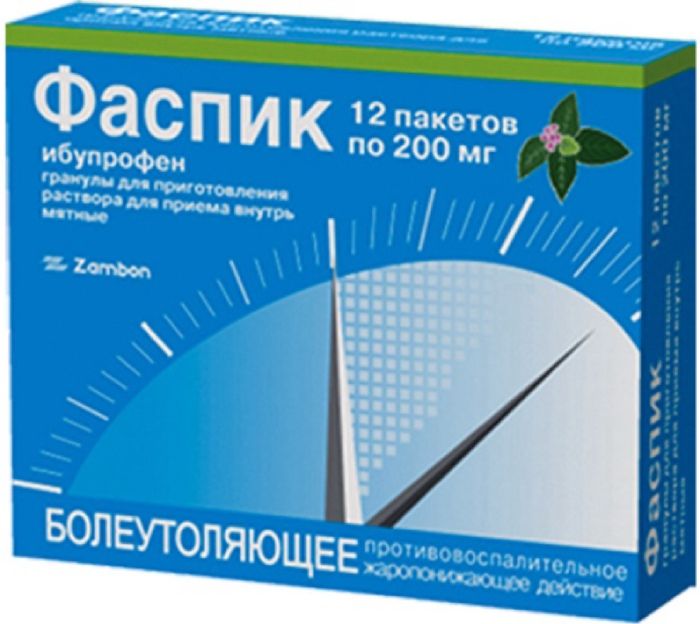
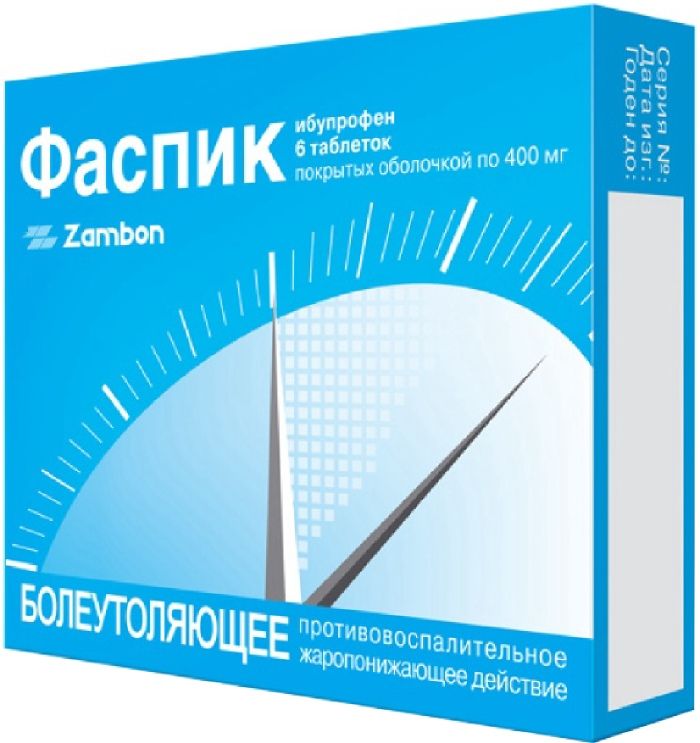
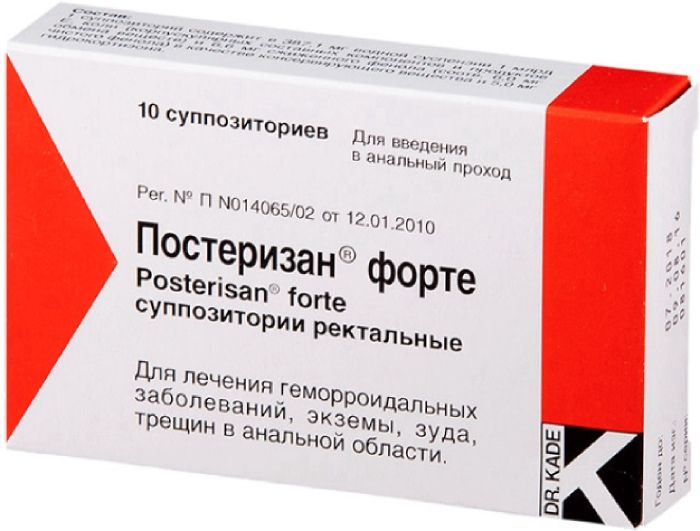


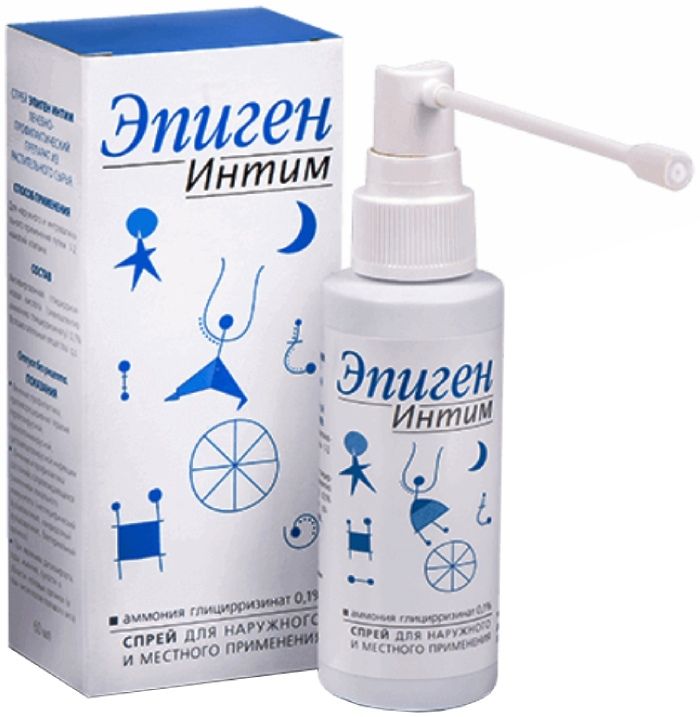

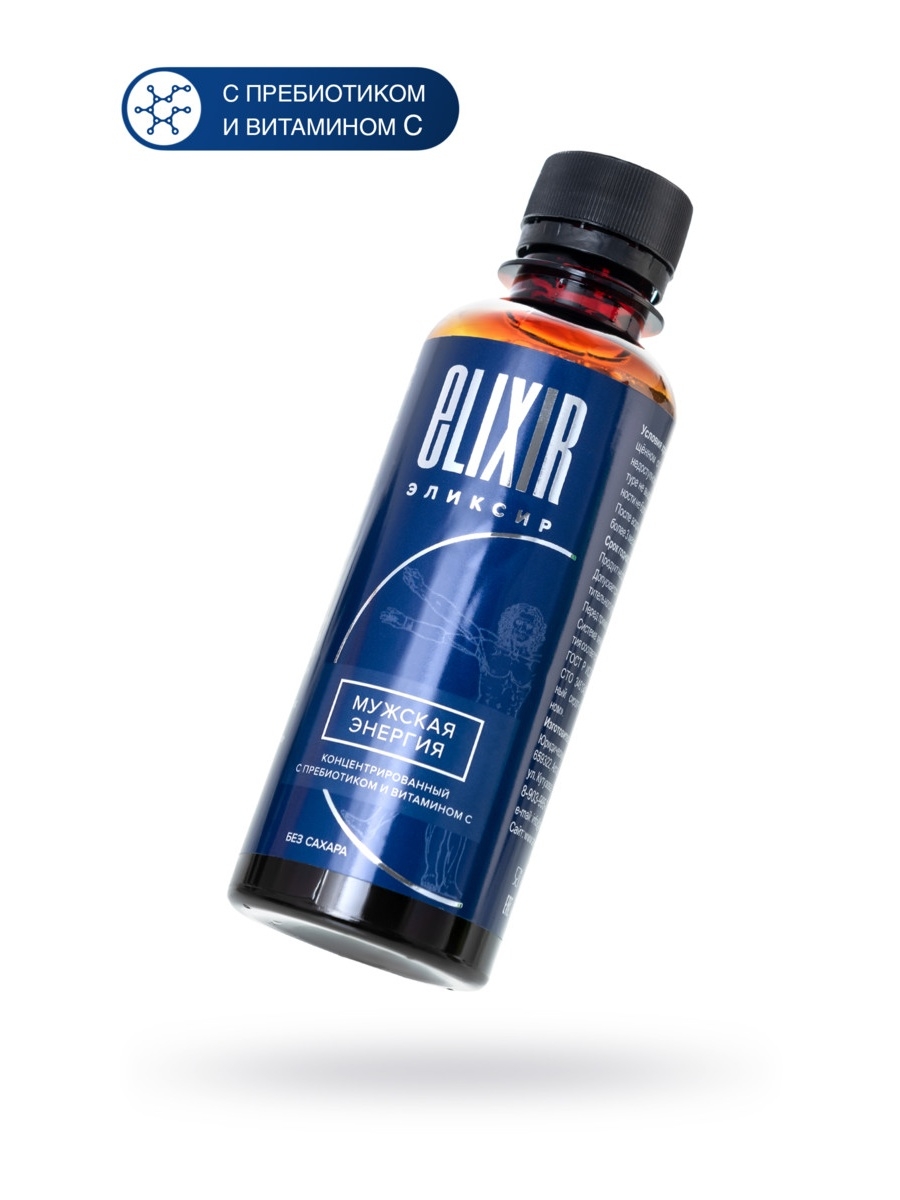
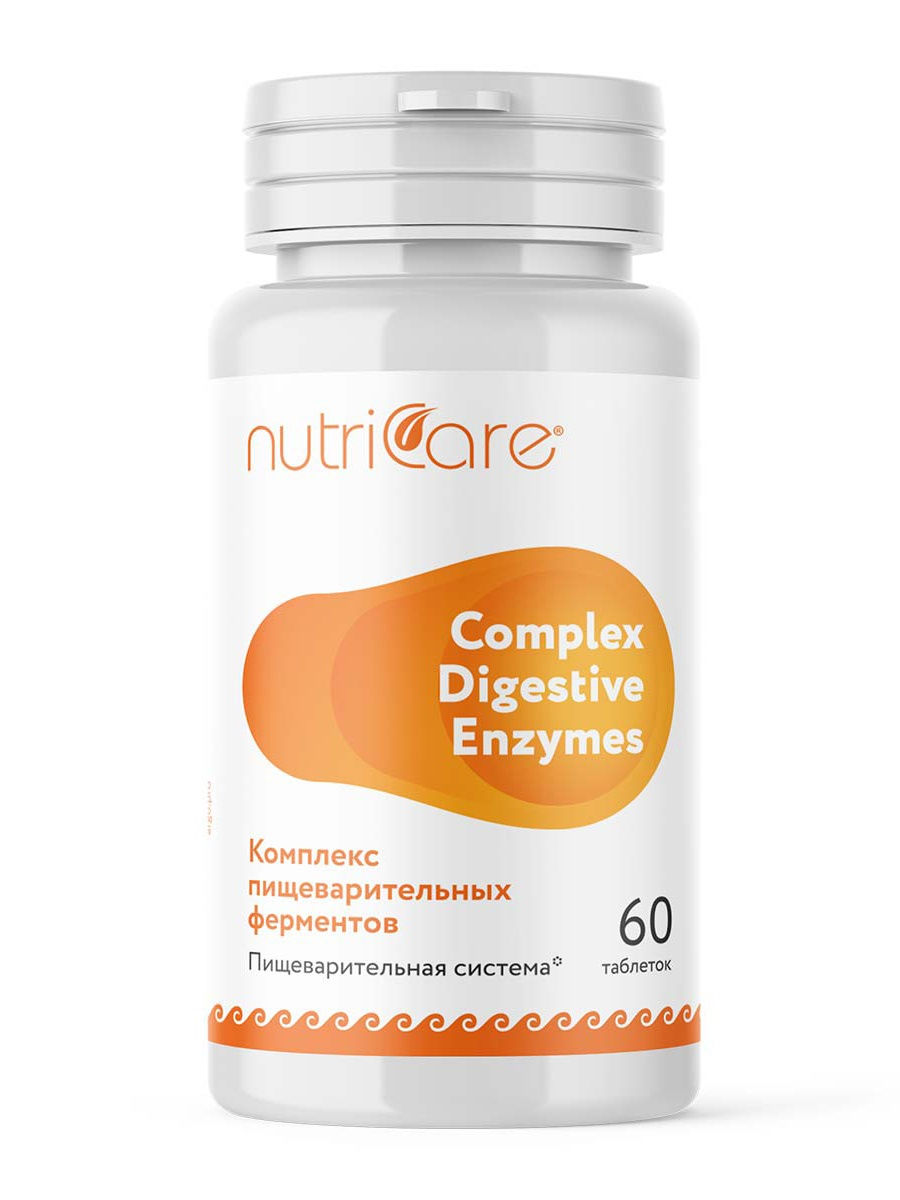




There are no reviews yet.